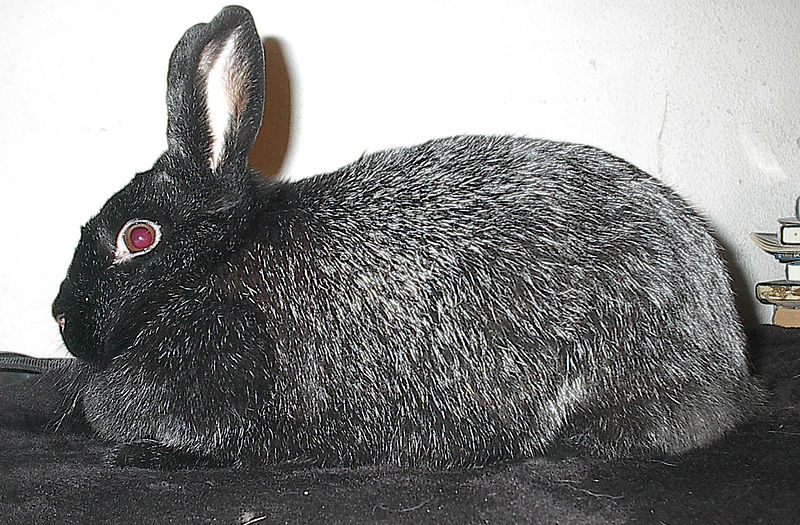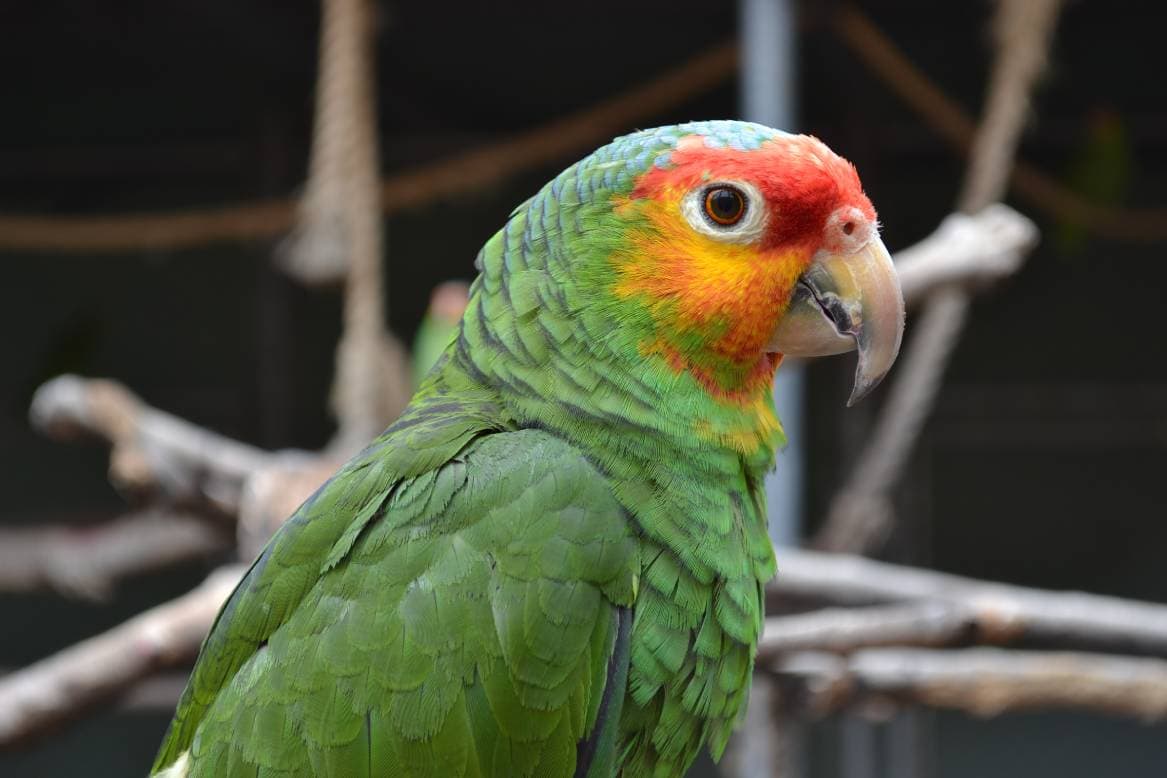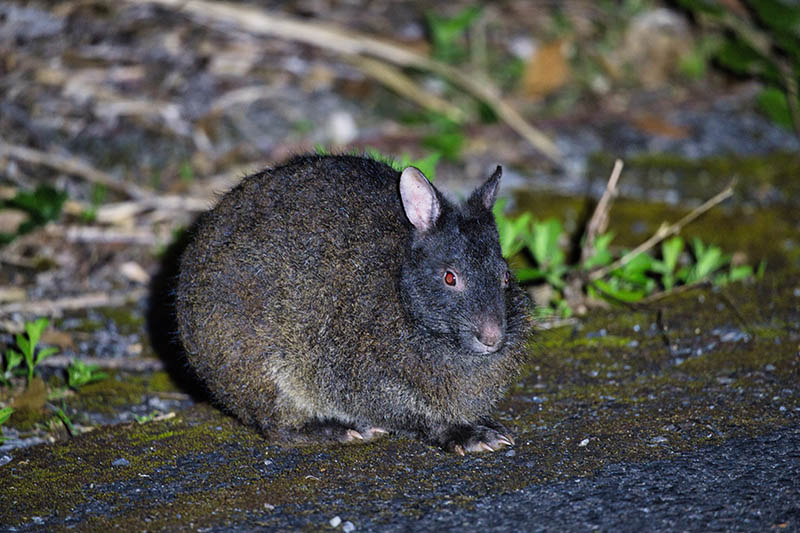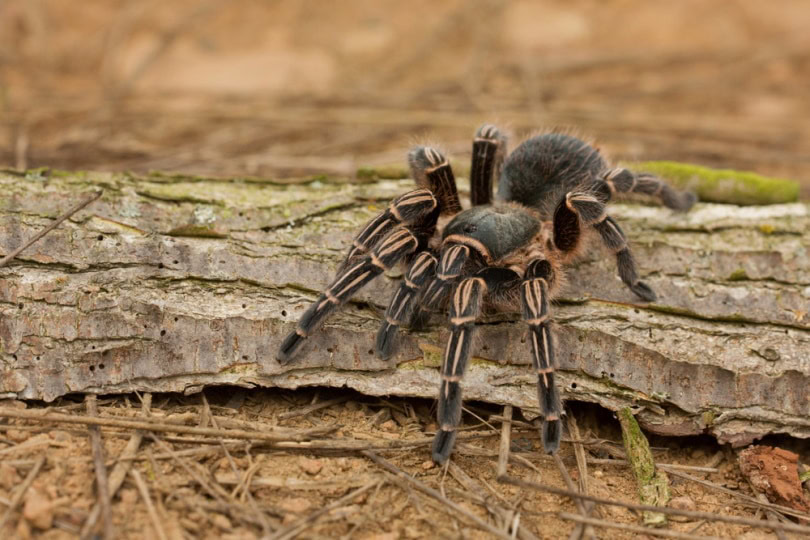Everyone associated with the rabbit world has heard about Lionheads and Rex rabbits, but there may be some breeds you never knew existed. Many breeds are rare and endangered, so they aren’t in the limelight as often. It’s good to know what breeds are out there, especially if you are passionate about rabbits. Each rare breed has distinctive qualities, and some even make great pets. This list contains 10 rare rabbit breeds in no particular order.

The 10 Rarest Rabbit Breeds
1. American Blue Rabbit
They were first known as the German Blue Vienna, but because of World War I, it was changed to the American Blue Rabbit. It is unique to North America and has become the rarest rabbit breed in the United States. A man in California created the American Blue by breeding Blue Flemish Giants, Blue Beveren, and the now-extinct Blue Viennas and Blue Imperials. They are bred for meat and fur, though many breeders are making show rabbits of them. They are a docile and hardy breed, which makes them good pets, too, and you will see color variations of deep blue or albino with red eyes.
2. Swiss Fox Rabbit
In the 1920s, this breed was developed in Switzerland from crossing Angoras and Havanas. They were trying to replicate fur from a fox, but the fur that resulted was different and not the most popular. They are now used mainly for showing in Switzerland and are still rare even in Europe. They are a medium-sized rabbit with a fluffy coat that comes in different shades of blue, black, Havana, and white. Swiss Fox rabbits can make great pets because they are a friendly breed, but they are more demanding because of the care needed to maintain their coats.
3. Blanc de Hotot Rabbit
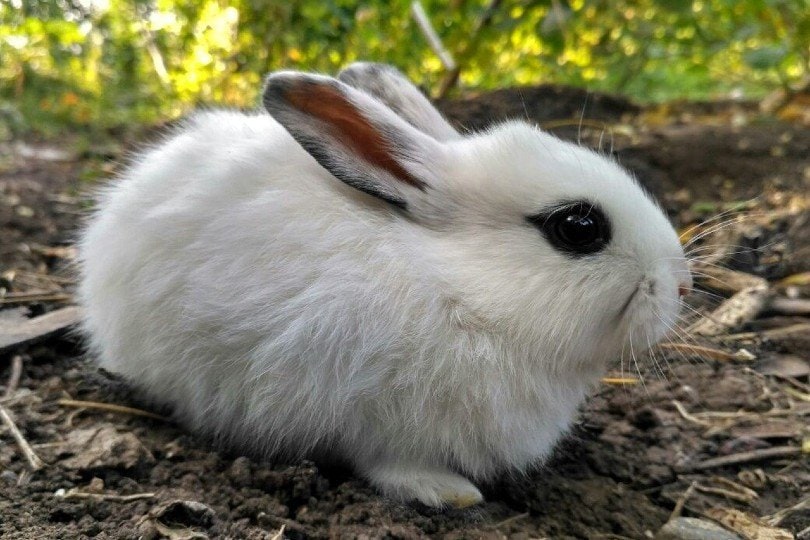
These rabbits have black rings surrounding their beautiful dark eyes, and their fur is white. They originated in France and were initially popular throughout Europe and the States in the 1920s. After World War II, their popularity began to decline. They are considered globally endangered due to the small population across the world. The Blanc de Hotot has been bred for meat, fur, shows, and family pets. Though they are a friendly rabbit, they are lively and prefer to be active.
4. Riverine Rabbit
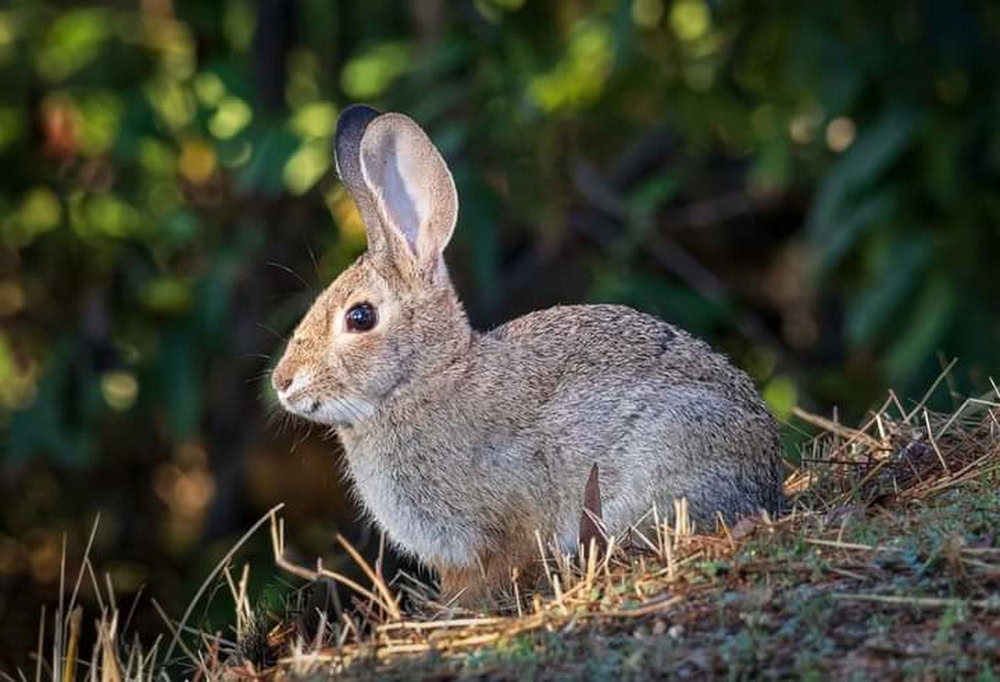
This breed is considered one of the most endangered mammals in the world. It is an indigenous rabbit near Karoo, Africa. They are burrowing rabbits and live within the riverine bush along the seasonal rivers. They were discovered in 1902, and their main threat to survival is habitat destruction, predation by domestic dogs, being run over by vehicles on the road, and a lack of knowledge about the species. A program has been developed by the Endangered Wildlife Trust to help ensure the survival of these rabbits. If you live near this rabbit’s habitat, you won’t see the Riverines frequently because they are nocturnal and solitary.
5. Belgian Hare Rabbit
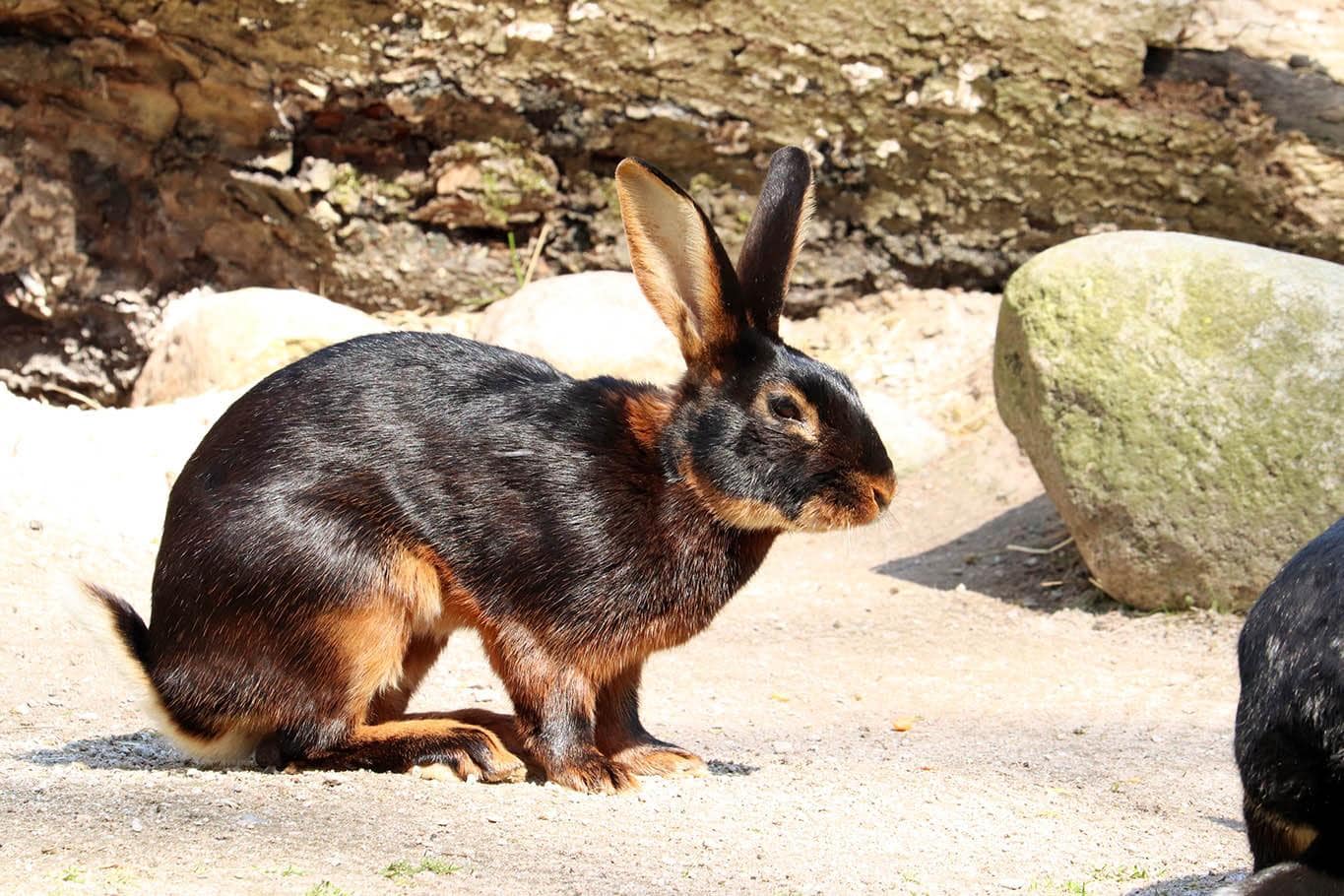
The name is misleading because it is not a hare but a breed of rabbit that is meant to appear hare-like. They have long, powerful legs with a muscular body and an arched back. This rabbit originated in Belgium and was imported to England around 1856. Since they are a nervous rabbit, they are best suited for show animals, and they are an active breed that thrives in outside environments. Loud or unfamiliar sounds can cause them to jump high into the air and become anxious, so they don’t do well locked in a small cage. The Belgian Hare is rare and on the threatened species list by the American Livestock Breeds Conservancy.
6. Silver Fox Rabbit
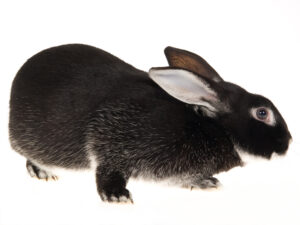
This breed was developed in the United States and approved as a standard breed in 1925. In the 1970s, the Silver Fox rabbit began to decline, and its status is now listed as critical due to a population of fewer than 2,000 rabbits worldwide. It is named for its coarse coat and resemblance to the Arctic Silver Fox. The Silver Fox is a large breed and can weigh up to 12 pounds as an adult. Traditionally, they are bred for meat and fur but can be used in shows and made into pets. They are a low-maintenance rabbit with a gentle demeanor and will tolerate handling if socialized from a young age.
7. Rhinelander Rabbit
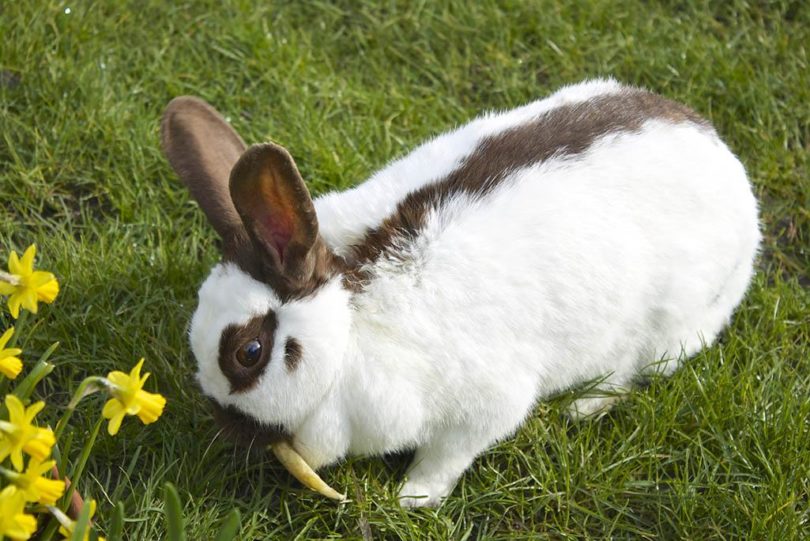
At the beginning of the 20th century, the Rhinelander rabbit breed was developed in Germany by crossing a Harlequin with a common gray rabbit and then mating a Harlequin to a Checkered Giant doe. The breed arrived in the States in 1923 but did not gain popularity until it was re-established in the 1970s. Since there are fewer than 2,000 of these rabbits worldwide, they are grouped with other rare breed rabbits. They are known for their unique butterfly markings on their face that are typically orange and black. Rhinelanders have a laid-back, docile temperament but they are an active rabbit. Their primary use has been as a show rabbit.
8. Pointed Beveren Rabbit
There are different varieties of Beveren rabbits, and the one that is extremely rare is the Pointed Beveren, which is colored the same as a traditional Beveren but has white on the tips of their hair. They have been bred for their fur and meat but can make great pets because of their gentle nature. They are a large rabbit with long fur that can grow to about 1.5 inches in length and requires frequent grooming to maintain. They were developed in the 1800s in the city of Beveren and have never become very popular in the United States, though you could see them in the show ring from other countries.
9. American Chinchilla Rabbit
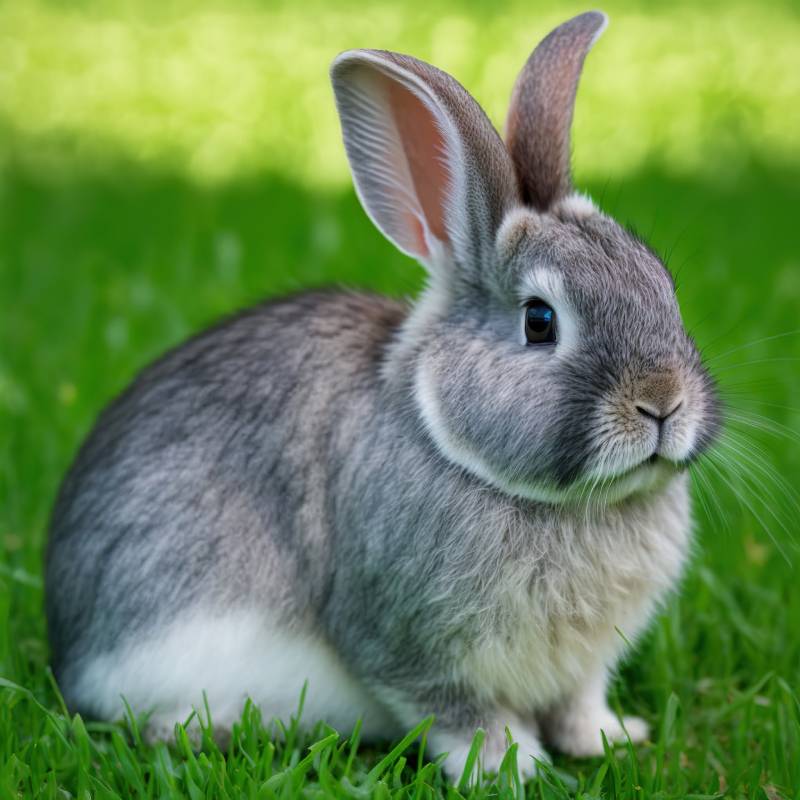
This breed was developed from the Chinchilla rabbit and imported from Europe in the 1920s. In America, they bred the rabbit to be larger so it would produce more meat with a larger pelt; they named this the American Chinchilla. They are not known outside of the United States, and due to the decline in the meat and fur trade, they have become rare and are listed as critical with the American Livestock Breeds Conservancy. Even though they are large, the American Chinchilla has a gentle and docile temperament and is good-natured, though you won’t see them as household pets.
10. American Sable Rabbit
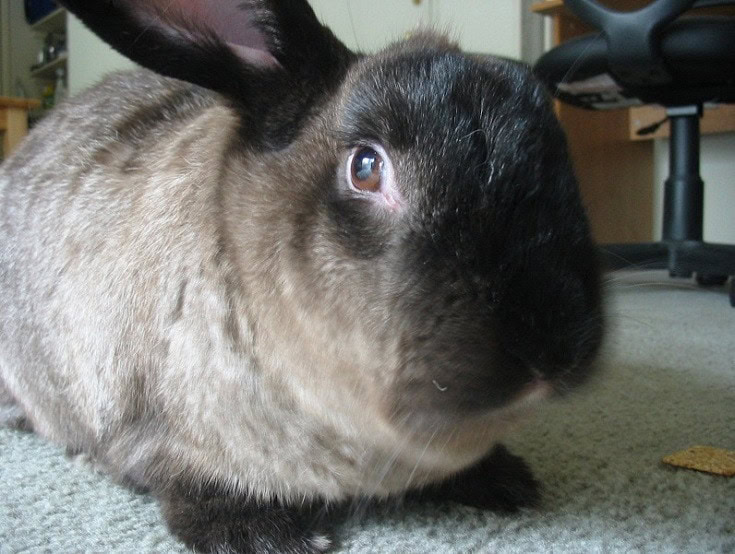
The American Sable Rabbit is considered rare, though they aren’t at any risk. They resemble a Chinchilla because they are an off-shoot of a pure-bred Chinchilla Rabbit. They are medium-sized rabbits with compact, rounded bodies. Some people keep them as pets, but they are timid and are easily stressed, so they aren’t recommended for young children. They are also known to be lazy, but they like to play with noisy toys and enjoy attention from their owners. They grow quickly and have excellent meat quality, which is why they are used for commercial meat production.
Conclusion
Hopefully, this list has exposed you to unique breeds that have the potential to be show animals or a family pet. Perhaps just knowing about them will help you understand why some people want to protect certain rabbit breeds from becoming extinct.
See also:
- Sumatran Striped Rabbit: Facts, Origin & History (with Pictures)
- Amami Rabbit: Facts, Origin & History (With Pictures)
- Cape Hare: Care, Temperament, Habitat & Traits
Featured Image Credit: Eithel, black Silver Fox doe (Image Credit: ItsWolfeh, Wikimedia Commons CC BY-SA 3.0 Unported)
